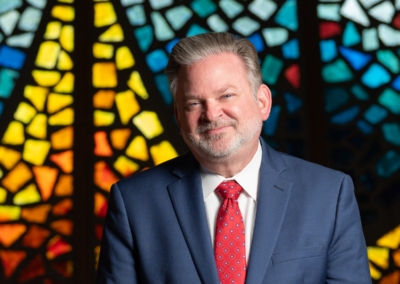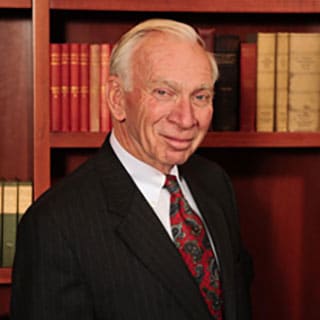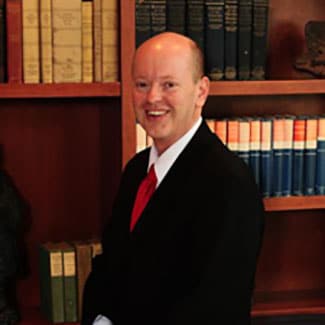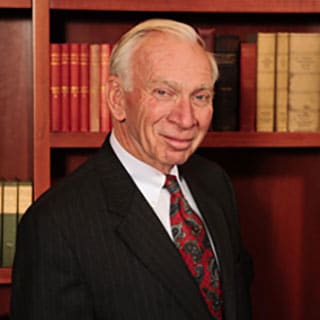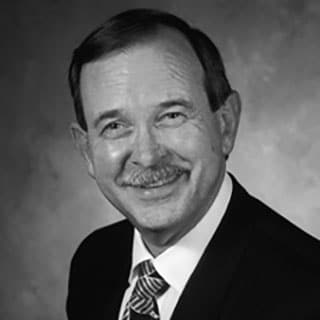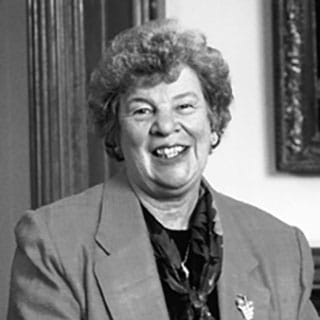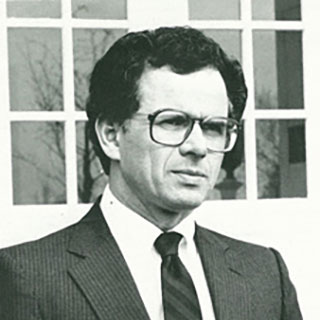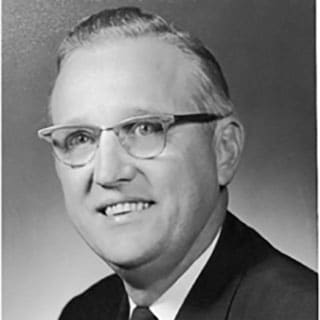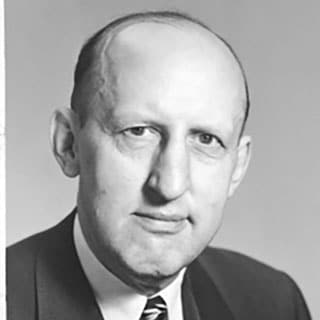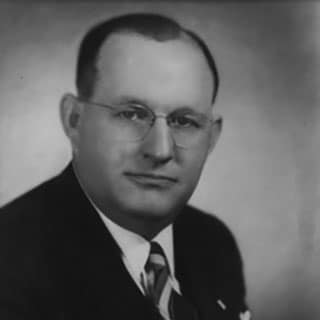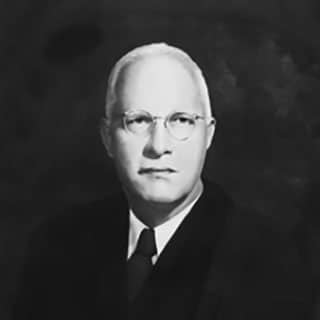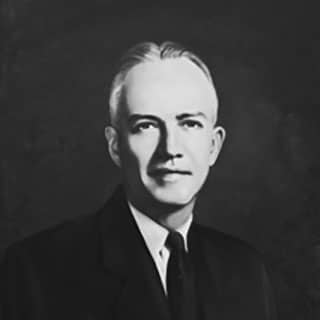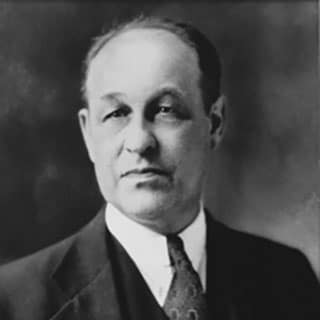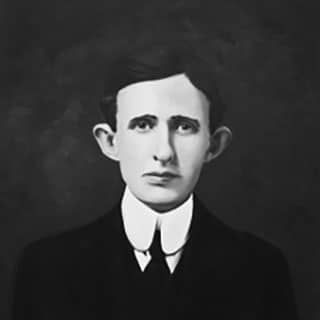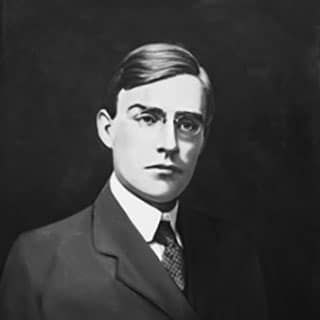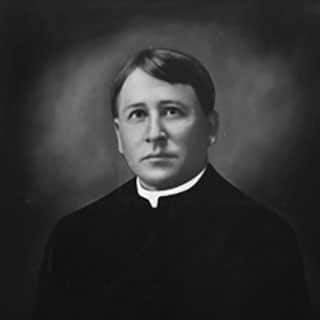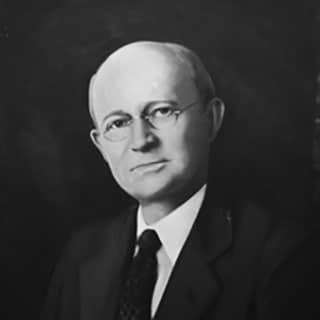Are You a Senator?
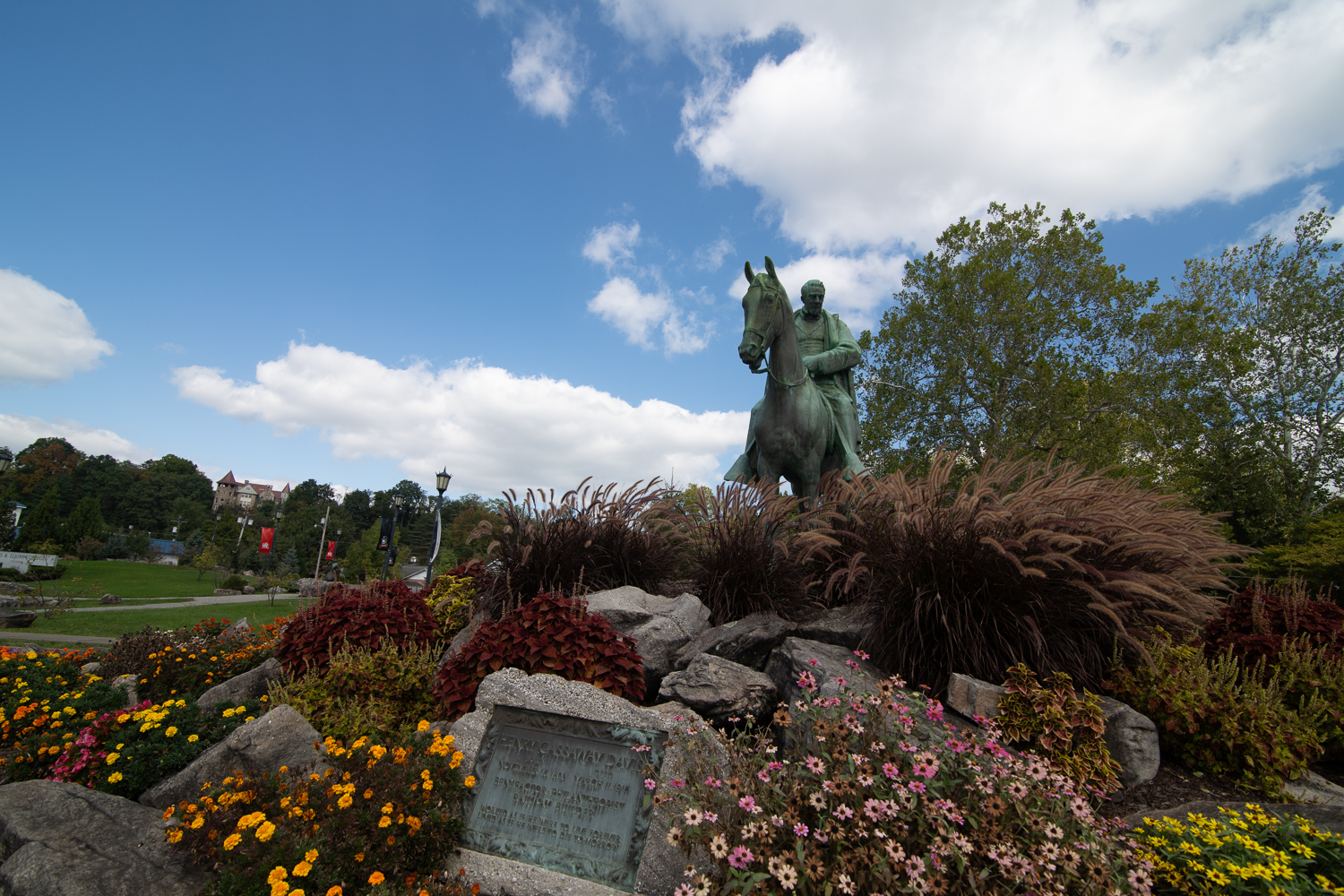
Engaged
The Mission of Davis & Elkins College is to prepare and inspire students for success and for thoughtful engagement in the world.
The D&E Vision Statement
In a nurturing environment, students are challenged to:
- Communicate effectively.
- Think critically, creatively and independently.
- Prepare to live lives of perspective and meaning.
- Act responsibly as citizens of multiple communities.
The D&E Values Statement
We value the richness of place, the beauty of the natural world, and the importance of other countries, cultures and regions. D&E challenges students to participate in a vibrant and diverse campus while cultivating the intellectual, creative, ethical, physical and leadership skills the real world requires. As an affiliate of the Presbyterian Church (U.S.A.) and covenant partner with the Presbytery of West Virginia, the College affirms as special values: human dignity, social responsibility, participatory governance, and the unity of the intellectual, social, and spiritual dimensions of life.
The D&E Identity Statement
A private college of liberal arts and professional studies, Davis & Elkins values curiosity and thoughtfulness, while fostering social, emotional, spiritual and physical well-being. Toward those ends, the College provides a friendly and supportive environment for curious, engaged and freethinking students of diverse backgrounds. We emphasize “hands-on,” experiential learning through internships, practica, service projects, field research, travel and study abroad programs, and classes that explore experimental subjects in unexpected locales. Some of our finest students arrive without direction only to find their path at D&E, thanks to the opportunities for intellectual growth that abound on our campus. These opportunities extend beyond the classroom. As one of the East Coast’s premier mountain colleges, D&E offers unparalleled access to winter sport centers and other forms of extracurricular recreation: camping, biking, canoeing, hiking, skiing and snowboarding. Safe and supportive, stimulating and friendly, Davis & Elkins College encourages students to approach their adventure in education as a journey of self-discovery.
D&E History
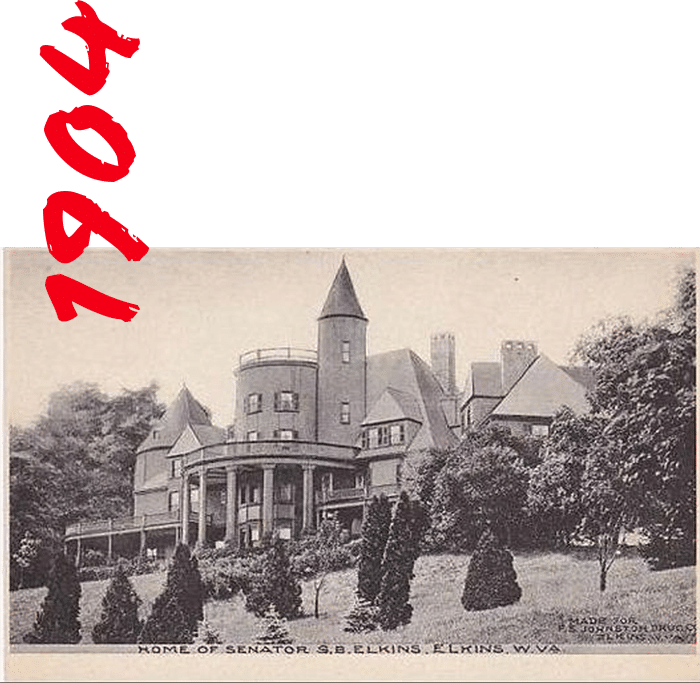
If you’re coming to D&E as a freshman, we encourage you to build close relationships with other students through communal living. Ask just about any D&E alum about their college experience. They’ll tell you all about the lifelong friends they met in our residence halls.
In 1901, the Senators donated land and money to establish a college and academy associated with the Presbyterian Church. Their gift was matched by donations from the citizens of Randolph County and the Presbyteries of Lexington and Winchester, Virginia. In 1902, the College’s Board of Trustees met for the first time. The first classes were held on September 21, 1904.
The original campus was located in south Elkins on a plot donated by Senator Elkins. Later, a gift of property from Mrs. Hallie Davis Elkins, who was the daughter of Senator Davis and the widow of Senator Elkins, prompted the move of the college to its present location in 1926. This property included her home, Halliehurst, and the surrounding estate. In 1941, Senator Davis’s original estate, which included Graceland and the lands adjacent to Halliehurst, was acquired for the College.
Since its move to the old “Halliehurst Farm,” the physical plant of Davis & Elkins has expanded to include 23 major buildings on a 180-acre campus. From the beginning, Davis & Elkins College has sought to be of service to its students, and through them to the state, the nation, and the world – meeting the needs of each generation to the best of its ability.
Our Senators
Named “The Senators” in the College’s early years, the students at Davis & Elkins College carry a nickname that reflects D&E’s proud history and personalities. Three United States Senators figure prominently in the College’s history: Henry G. Davis and Stephen B. Elkins, whose influence and efforts helped establish Davis & Elkins College, and Jennings Randolph, whose tenure as D&E athletic director took the college to national prominence.
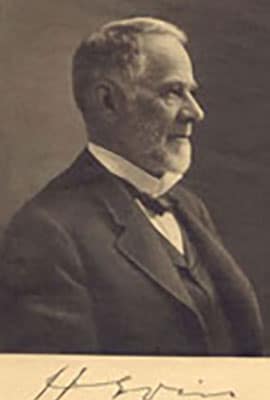
Henry Gassaway Davis
Henry Gassaway Davis, a United States Senator from 1871 to 1883, was one of the more prominent leaders of the country a century ago, especially from 1875 to 1905. Davis was born in 1823, during the presidency of James Monroe. His life spanned most of a century and ended in 1916 when Woodrow Wilson was president.
Though a descendant of landed gentry in colonial Maryland, Davis endured hard times as a youth and had no formal schooling beyond the elementary grades. Starting work as a farmhand, young Davis was subsequently employed as a brakeman, conductor, and station agent for the Baltimore and Ohio Railroad before he began his business and political career just before the Civil War. As a railroader, he noted the potential wealth of the forests and coal lands in what was to become the state of West Virginia. Thus, he invested his profits and his wife’s inheritance in the acquisition of thousands of acres of undeveloped land, often for less than a dollar per acre. Then he built two railroad systems to open north central West Virginia to the markets of the East and the North.
Realizing early the relationship of political power to business development, Davis successfully sought election to the West Virginia House of Delegates in 1865, when the new state was only two years old. After service there and in the state Senate, he was elected to the United States Senate in 1871. A conservative Democrat, he opposed the Republican program of Reconstruction of the South and denounced the waste and corruption of the Grant era. He served 12 years in the Senate and became chairman of the powerful Appropriations Committee, a post no other West Virginian would hold until Robert C. Byrd more than a century later.
Davis was a dominant leader of the West Virginia Democratic Party for more than three decades. He attended nine national conventions and in 1904, at the age of 81, he was nominated for vice president of the United States. Senator Davis acquired great wealth during the Gilded Age. He founded several towns and built churches and schools, a children’s home and a fine hospital, and helped to found Davis & Elkins College.
His summer home in Elkins, Graceland , is now an elegant country inn, part of Davis & Elkins College and an important teaching facility for students in D&E’s Hospitality Management Program.
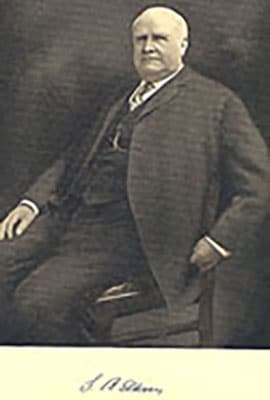
Stephen Benton Elkins
Stephen Benton Elkins, some 18 years younger than Henry Davis, was to become closely associated with his elder colleague through family ties and the crossing of their separate political paths. Born in Ohio in 1841, Elkins later moved to Missouri where he was educated. He graduated from the law department of the University of Missouri in 1860.
Elkins served as a captain in the Union Army during the Civil War, and in 1864 moved to New Mexico to practice law. He helped dismantle the peonage system there and also invested in mining properties in New Mexico, Arizona and Colorado. He was elected to the Territorial Legislature of New Mexico, and, in 1867, was made Attorney General of the Territory. In 1869, President Andrew Johnson appointed him a United States district attorney. That same year, he became president of the First National Bank of Santa Fe. He eventually became one of the largest landowners in the country.
In 1873, Elkins was elected a delegate to the U.S. Congress for the Territory of New Mexico. It was during his service in Congress that he became friends with the Davis family and married Henry Davis’s daughter Hallie in 1875. Wanting to continue practicing law, he moved to New York, where he represented several business interests in New Mexico, Colorado and West Virginia. Working with his father-in-law, Elkins developed the railroads and the coal and timber lands of West Virginia and the Cumberland, Maryland, region. He was vice president of the West Virginia Central and Pittsburgh Railway Company from the date of its organization and of the Piedmont and Cumberland Railway Company. In 1889, he built his summer home, Halliehurst , in what is now Elkins. In 1891, he was appointed Secretary of War by President Benjamin Harrison. In 1895 he was elected as a Republican to represent West Virginia in the United States Senate, where he served continuously until his death in 1911.
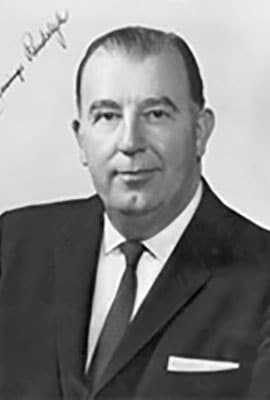
Jennings Randolph
Jennings Randolph began his long association with Davis & Elkins College in 1926, the year he was appointed instructor in public speaking and journalism and director of intercollegiate athletics and publicity. Although his service as a faculty member lasted just six years, he was closely identified with D&E for more than 50 years, working tirelessly as a faculty member and trustee, and using his influence in Congress to promote the best interests of the College.
Born in Salem, Harrison County, West Virginia on March 8, 1902, Randolph attended the public schools and graduated from the Salem (WV) Academy in 1920 and Salem (WV) College in 1924. He engaged in newspaper work in Clarksburg, West Virginia in 1924 and served as associate editor of the West Virginia Review in Charleston in 1925. In 1926, he joined Davis & Elkins College, where he made his mark, most notably in developing the College’s athletic program.
As D&E’s Athletic Director, Randolph recruited Cam Henderson, now one of West Virginia’s most legendary coaches. Henderson coached all sports at D&E, and in partnership with Randolph, took D&E into the national spotlight. Their teams earned the nickname of “The Scarlet Hurricane,” and garnered headlines in The New York Times.
Randolph stayed at D&E until 1932, when he was elected as a representative to the 73 rd Congress of the United States with the New Deal landslide and Franklin Delano Roosevelt. U.S. Senator Jennings Randolph of West Virginia served in the U.S. Congress over five decades before retiring in 1985. He later was elected to the United States Senate where he completed five terms and became a living legend. Throughout his legislative career Randolph championed the disabled and “the man and woman by the wayside of the road” as well as renewable energy, public works, the environment, and aviation/aerospace.
As a Congressman, Randolph served on the Committee on the District of Columbia (chairman) and the Committee on Civil Service. He also served as professor of public speaking at Southeastern University, Washington, D.C., from 1935 to 1953. Randolph was elected to the Davis & Elkins College Board of Trustees in 1938, where he served until 1961. He was named an honorary member to the D&E Board of Trustees in 1962.
After leaving Congress, Randolph was named, in February 1947, assistant to the president and director of public relations for Capital Airlines in Washington, D.C. where he remained until April 1958. He also served as dean of the School of Business Administration at Southeastern University during this time, from 1952 to 1958.
In a special election on November 4, 1958, Randolph was elected as a Democrat to the United States Senate to fill the vacancy caused by the death of Matthew M. Neely. He was reelected in 1960, 1966, 1972 and 1978 and served from November 5, 1958, to January 3, 1985, at which time he did not seek reelection. As a United States Senator, Randolph served on the Committee on Public Works (Chairman) and the Committee on Environment and Public Works. An early proponent of a transcontinental roadway system, Randolph is considered by many to be the “Father of the Interstate Highway System.” Interstate 79 bears his name.
During his career as a Senator, Jennings Randolph sponsored the 26th amendment to the United States Constitution, which lowered the voting age to 18 in 1971. Other important legislation that Randolph co-authored during his career created the Civil Air Patrol, the National Air & Space Museum, and ground-breaking affirmative action programs for the disabled through the Randolph-Sheppard Act.
Jennings Randolph died in St. Louis, Missouri, on May 8, 1998.
The former library at Davis & Elkins College was named for Jennings Randolph and now serves, as Randolph Hall, as the offices for Student Life.
Historic District
The Davis & Elkins College campus includes six national register historic landmarks, four of which also comprise a National Historic District. For complete information, visit the National Register Listings.
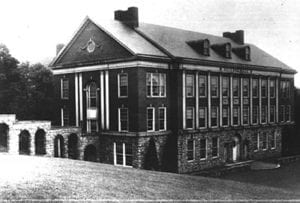
Albert and Liberal Arts Halls
Listed 1979
Albert and Liberal Arts Halls were constructed in 1924-1926. At the time, they provided the “entirety” of academic buildings at the “new” campus on the former Halliehurst estate. Walter F. Martens, an architect from Charleston, W.Va., who also was involved in the construction of the State Executive Mansion, was appointed to devise an overall plan for the new Davis & Elkins College campus. The centerpieces of his plan were these two Georgian Revival Buildings which reveal a masterful use of the campus’s sloping terrain. The overall design of the buildings is Georgian with brick exteriors laid in a Flemish bond. Both buildings are highly symmetrical with ample natural light from large, multi-pane windows. Decorative elements include sidelights, fanlights, Corinthian pilasters, swags, inlaid castings of the College Seal, and stonework belt courses. Liberal Arts Hall is topped by a cupola. Albert Hall was originally named Science Hall, and was renamed as Albert Hall in honor of the late professor and Dean of the College, Dr. Charles Albert. Together with Halliehurst, these two buildings formed the entire campus for the next 30 years.
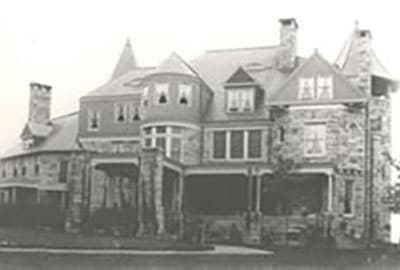
Graceland
Listed individually 1970; Listed within Davis & Elkins National Historic Landmark District 1998
Completed in 1893, Graceland is a stone mansion that, along with a 360-acre estate, served as the summer home of Senator Henry Gassaway Davis. Enjoyed by two generations of the Davis family, the mansion was acquired in 1941 by the West Virginia Presbyterian Educational Fund, and, in 1945, the building and immediate grounds were presented to Davis & Elkins College. Until 1970 it was used for student housing. It has been completely restored and is now operated as an inn.
Graceland was named for Davis’s younger daughter, Grace, and was designed by Baldwin and Pennington, an architectural firm in Baltimore, Maryland. The firm was well-known during the time, and its many designs included Baltimore and Ohio (B&O) Railroad depots. Graceland is constructed of native timbers and native sandstone in Norman French style inspired by the Davis family’s visits to Europe. The interior is basically unchanged except for modern lighting and heating facilities and the furniture and interior decor. The two-story great hall dominates the interior, and includes a tiled fireplace surmounted by a wooden mantle supported by Corinthian columns as well as stained glass windows made by a workman from Tiffany. A 15′ high reproduction mural of Blackwater Falls hangs above the fireplace. In the library, a Biblical scene depicted in Dutch tiles forms the fireplace surround. In all, Graceland included at least 35 rooms for family use, and additional rooms for servants and storage. Most of these are guest rooms today.
Broad porches shelter the major entries to Graceland on the north and south, while smaller, simpler ones face the north side of the service wing. One of these now serves as a beautiful veranda for three-season dining outdoors.
A large octagonal tower projects from the southwestern corner and rises a full four stories in stone to an open air belvedere beneath a tall pyramidal roof. Much smaller, but nearly as tall, is a cylindrical frame turret that rises where the service wing meets the main block. The stone walls continue from the ground to the top of the second floor where the structure changes to wood frame with wood shingle exterior. The roof is covered in Vermont red slate. For more information and to plan your visit to Graceland, go to www.gracelandinn.com.
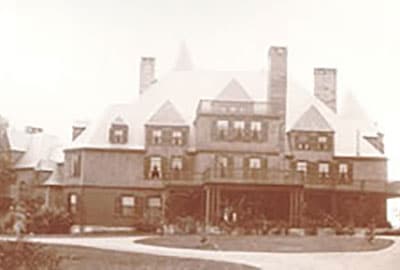
Halliehurst
Listed individually 1982; Listed within the Davis & Elkins National Historic Landmark District 1998
Halliehurst, designed by New York architect Charles T. Mott, was built in 1890 for U.S. Senator Stephen Benton Elkins, a lawyer, businessman, and politician. Its size and elaborate detailing directly reflect Elkins’s wealth and influence, as does its location in the town that grew up because of the business enterprises of Elkins and his father-in-law, Sen. Henry Gassaway Davis.
Constructed of native hardwoods and stone, Halliehurst’s turreted design was patterned after a Rhineland castle that Mrs. Elkins admired. Interior features include rich oak paneling, beaded trim work and massive fireplaces framed in marble with hand-carved wooden mantelpieces. The September 19, 1891, issue of American Architect and Building News included drawings of Mott’s designs for the house. The graceful porch was added in 1904. In 1923, Hallie Davis Elkins, widow of Sen. Stephen Benton Elkins, deeded Halliehurst and approximately 60 acres of land to Davis & Elkins College. Halliehurst subsequently served a variety of college functions, providing dormitory and classroom space, and once was the home of the college president.
Halliehurst was completely restored in the 1990s and is now a National Historic Landmark. The offices of the President, Admission and Development are located here today. The facility is also available for special events and conferences and is a popular site for weddings and personal celebrations.
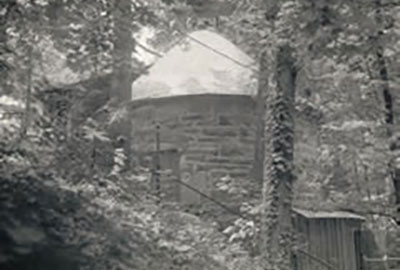
The Icehouse
Listed within the Davis & Elkins National Historic Landmark District 1998
The Icehouse is a cylindrical structure of stone that was originally built in the late 1800s by Senator Stephen B. Elkins as a place to store ice in the summer. The circular field stone structure is a utilitarian storage building, but done in the same imaginative style as Halliehurst. There is a long, shingled, overhanging roof with a picturesque cupola venting the roof. A large square bin projects from the wall on ground level. A pair of stone steps descends to the lower level, where there is an entrance door. In 1969, the structure was refurbished and has since been used as a coffee house and private campus pub.
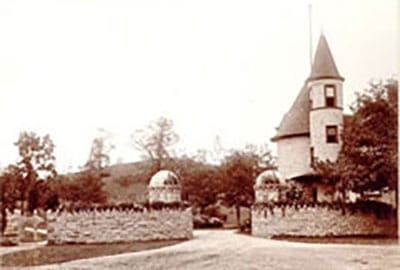
Gatehouse
Listed within the Davis & Elkins National Historic Landmark District 1998
At the entrance to the Davis & Elkins College campus stands the Gatehouse, a quaint structure that doubled as a gatekeeper’s/caretaker’s residence during the years when the Elkins family spent their summers at Halliehurst. The house, with its unusual “witch hat” towers and leaded glass windows, has a storybook look and feel. After the estate was deeded to the College, it became the residence of the College groundskeeper.
The general profile of the Gatehouse is Queen Anne, with steeply-pitched roofs broken by several conical towers. The first floor is rough masonry, and the second-story walls are covered by wood shingles. The first floor plan includes the vestibule, hall, kitchen, and porch on one axis, with the dining room projecting off the main rooms, and the living room placed opposite in the largest round turret. There are separate bedrooms over the living room and dining room respectively. The roof is covered by wood shingles.
In 1988, the Gatehouse underwent restoration to correct structural deficiencies and repair storm windows. During an extensive interior face-lift, walls, woodwork and fixtures were restored to their original condition and antiquated plumbing in the kitchen and upstairs bath were upgraded to modern standards. Today, the tiny historic building houses the Davis & Elkins College Office of Public Safety.
The Scarlett Hurricanes
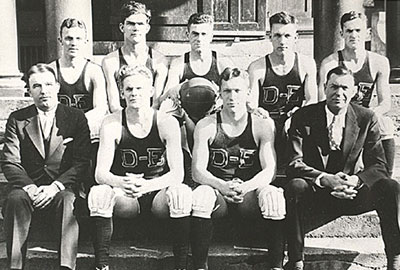
Cam Henderson and the Scarlet Hurricanes
In his book, Davis & Elkins College: The Diamond Jubilee History , Dr. Thomas Richard Ross gives credit to Kent Kessler, who, in his history of athletics in West Virginia, wrote:
“In this year of 1923 an athletic hurricane was born up in Randolph County hills which swept through the country, playing havoc with many great institutions. It was called the Scarlet Hurricane of Davis & Elkins College and the force was generated by Cam Henderson and his famous football and basketball teams.”
That was the year when D&E’s football team was undefeated and untied, winning all eight scheduled games. “Such scores as 47-3 (D&E-Salem), 52-0 (D&E-Fairmont), 54-0 (D&E-Morris Harvey), 51-0 (D&E-West Virginia Tech),” Ross went on to write, “doubtless explain why the losers felt they had been hit by a hurricane.”
The days of the Scarlet Hurricane are remarkable in D&E history. They lasted from the time Cam Henderson joined the college as Coach of All Men’s Sports in 1923 until well into the 1930s and the Great Depression. It was a heyday for the small school, with wins over the likes of Army, George Washington University, West Virginia University, and Navy. The College earned a national reputation in football and basketball, and started a proud athletic tradition.
Today, Davis & Elkins College athletic teams are not known as the Scarlet Hurricane, but as the Senators. Despite its size, D&E has continued to attract coaches and student-athletes whose records have made significant contributions to their game – Cam Henderson, Red Brown, Carl Payne, Press Maravich, Greg Myers, Hank Steinbrecher, Cindy Stinger – and others.
D&E Presidents
Want to check out our campus right now?
